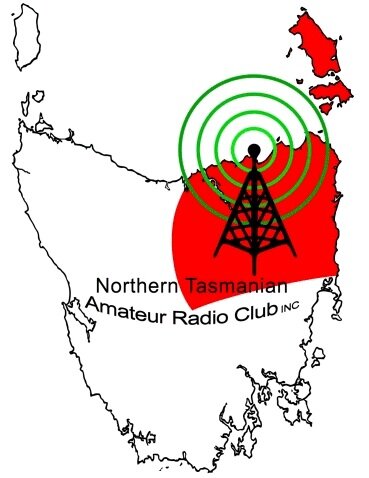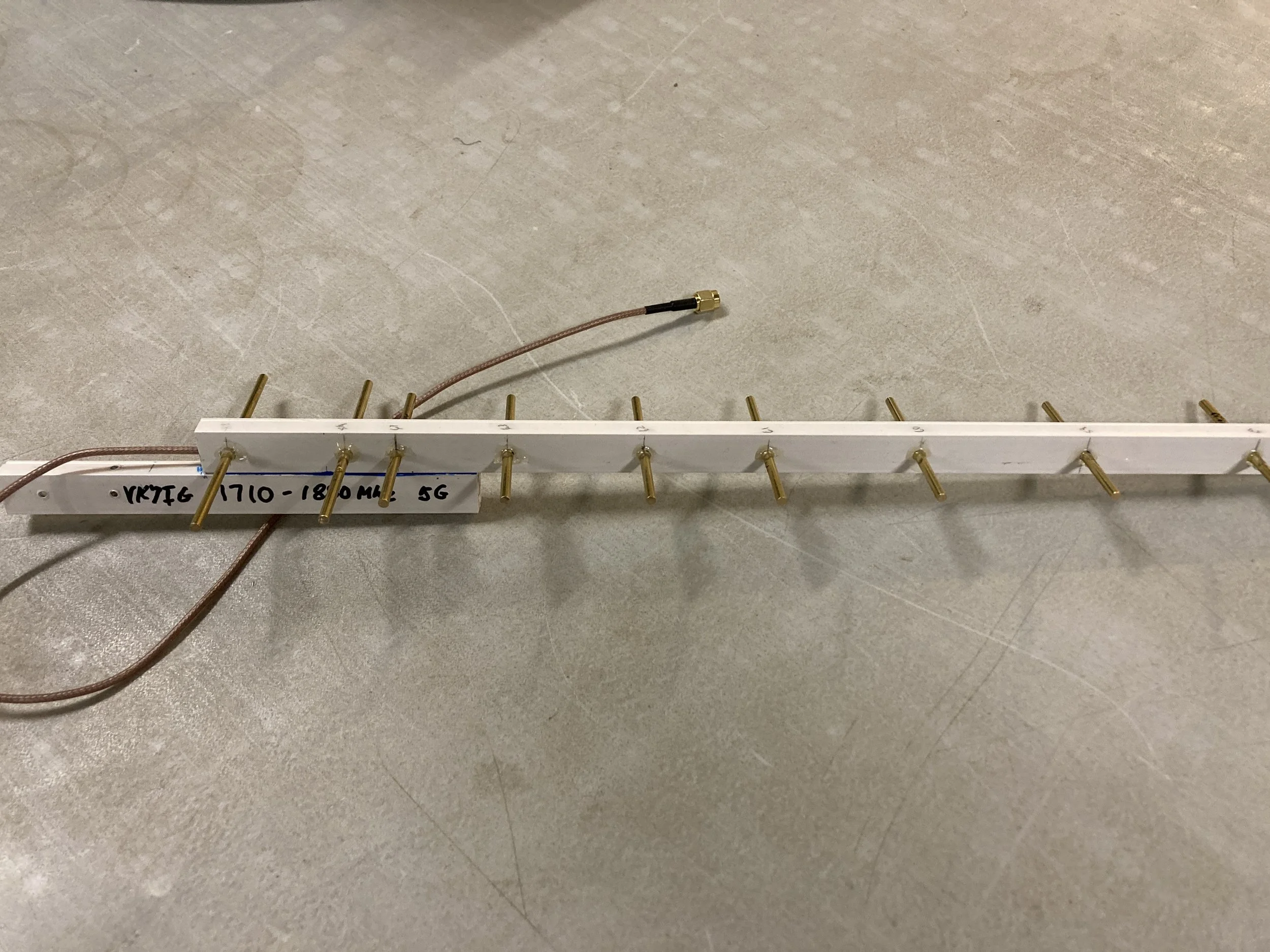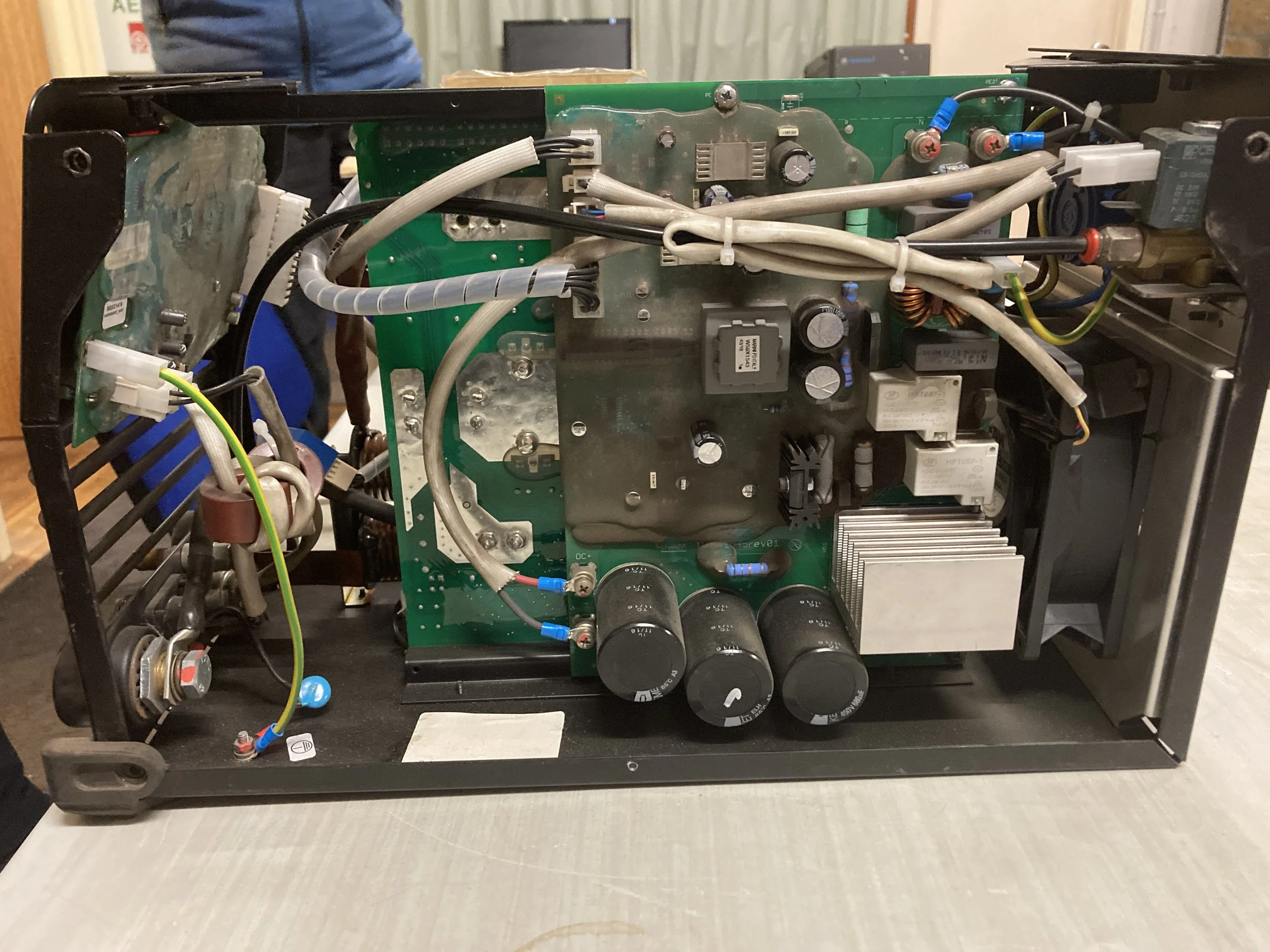Broadcast - 11 Dec 2022
As I am now “firing” on a couple more cylinders with things not being as hazy as they were last week and as promised, we have an update of the clubs Technical Night from the previous week.
Lionel VK7ZLB presented us with a magnificently assembled home project of his from last century. A standalone, crystal locked, weather satellite receiver. It has a full set of front panel controls including a decent sized signal strength meter. Going by the receiver’s four channel frequency selectors naming of NOAA Satellites 9 through to 12 and a few Meteor ones, it looks as though it would have been constructed in the early 90s as NOAA 9 was decommissioned in 1998. However there still seems to be one frequency shared with the currently operating NOAA 15 on 137.62MHz. The unit was assembled in a “Horwood Case”, any constructor worth his or her “salt” from that era treated these cases with reverence. To complete the level of impressiveness, all his front panel lettering was applied using the “Letraset” process. This was sheets of individual transferable letters that were rubbed over to transfer one letter at a time. This eventually made up every word and heading required! Some of us will appreciate the fact that he got them all level! Well done. It will be interesting to decode the audio output using some modern software and see the results of a NOAA 15 satellite pass. Worth a try one Technical Night when flight paths and times converge.
Ian VK7IG brought along his recently designed and constructed 11 element 1710 to 1880 MHz Yagi antenna. He used a commercial miniature multi-layer rectangular duct with removable cover as the Yagi boom. With the duct cover removed internal wiring can be easily achieved. Once the cover is reinstated the end result is an extremely rigid antenna boom. The elements were cut from 3mm solid brass rod and sourced from a well-known local brass foundry. Nice to see a project evolve from the formula and calculation stage through to completion. Above all it worked in the field and also returned very respectable frequency and matching plots. Nice job Ian.
While we are on the subject of home-made antennas, Peter VK7KPC brought in his recently arrived and constructed QuadraFiliar Helix antenna or QFH for short. QuadraFiliar meaning four threads or in antenna language four elements and in this case constructed in a helical orientation. This was an Internet purchased kit and included printed circuit board, connectors and element wire, the tricky part being the bending up of the four helical elements. Its intended purpose is to receive the high band higher resolution down linked images from NOAA and Meteor Weather Satellites in the 1.7 Ghz L band. With its omni directional characteristics it should be an excellent compromise as every over the horizon satellite pass is different. The next best thing to a fully tracking antenna system with its inherent complications. All Peter needs now is a remoted Low Noise Amplifier to mount with the antenna and see what can be captured from the passing satellites. Another work in progress which hopefully will come to fruition next year.
From the images Peter and Phil, VK7ZPD have been posting on Discord they are getting some excellent quality images from both NOAA and Meteor satellites on the standard 137MHz band. Well worth the Discord channel perusal as some of the satellite weather map passes include Antarctic coastline.
Ross, VK7ALH came in with an example of what he has been repairing at the moment, an Invertec 170TPC Lincoln Electric DC TIG Inverter welder. This is a full function unit that runs from single phase household power, and comes in at 12Kg weight. It features a full function user-friendly control panel layout with graph and a numeric display that appears to make it easy to set all welding parameters. When I think back to the domestic unit that you un-locked a rod by turning a knob and pulled it in or out to vary the transformer spacing for weld current adjustment, also from memory it weighed the preverbal “ton”, these units certainly have come a long way. Another item of interest was a main board from a Plasma Cutter that Ross was repairing. One feature that caught our attention and we recognised was a built-in “Spark Gap” that runs continuously when cutting and evidently at a frequency of 2MHz! This is one area that I feel we may need a deeper explanation one Wednesday Technical Night to. That’s a lot of spark energy to shield! Thank you Ross for bringing in your modern spark gap transmitter, HiHi
Equipment photos are available on the NTARC web site under “Blogs” for this broadcast date
Just a reminder, Stuart VK7FEAT has an assortment of electronic and radio paraphernalia set up in the main hall for sale. These items are from the deceased estate of Lyn Williams, VK7AJ. Most items are priced, those that are not can be considered as a gold coin donation. All proceeds are to the estate. There is one more Technical Night and morning tea to peruse these items this year.
It’s that time of the year again - All club members should have received an e-mail with instructions on renewing their membership for 2023 by now. If you haven’t received the e-mail please e-mail the secretary with your updated contact details. For those that we don’t have an e-mail address for, you should receive a letter and renewal form send via snail mail in the next couple of days.
UPCOMING EVENTS
End of Year Celebration - will be held on Tuesday the 13th of December at the Mowbray Hotel.
The last Club Technical night for this year will be - Wednesday 14th December. Held at the NTARC Club rooms, 7.30pm until late. Technical nights will be resuming in mid-January.
The last Coffee Morning for this year will be - Friday the 16th December in the NTARC Club rooms. Time is from 10am to noon and we look forward to seeing you all there. So why not pop in for the last time this year and join us for a cuppa and chat.
The last TestNet and TechNet for this year will be - Wednesday 21st December. TestNet/CW course on 3.580MHz from 7pm till 7.30pm….and a TechNet on 3.567MHz from 7.30pm till about 8.30pm. Your host for the evening will be Nic VK7WW. This is the last “formal” night, but who knows it might be worth a frequency check as amateurs have been known to just talk for the fun of it.
FINALLY - A reminder to all members that if you have any items of news you would like added to our weekly roundup, no matter how trivial, then please email them to the Secretary at the following address news@ntarc.net all items to be received no later than 5pm on the Friday prior to the Broadcast.
That’s all folks,
73 from Stefan, VK7ZSB, Secretary NTARC.








